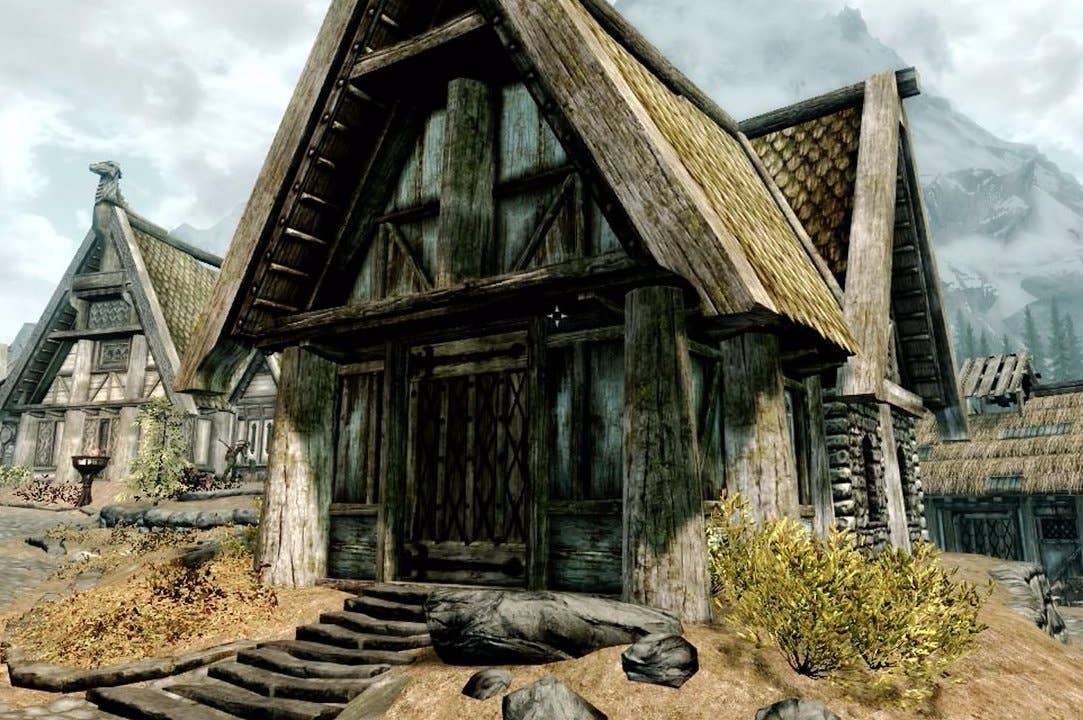
Table of Contents
Introduction
Tiny houses have emerged as a solution to various societal and environmental challenges, offering affordable housing options without compromising on comfort or style. These compact dwellings, typically ranging from 100 to 400 square feet, have gained traction for their sustainability, cost-effectiveness, and simplicity. As interest in tiny living continues to grow, so does the need for accessible financing options, paving the way for tiny house loans.
What is a Tiny House?
Before diving into the world of renewablefuelsnow.org/, let’s clarify what constitutes a tiny house. A tiny house is a small, often mobile, dwelling that prioritizes functionality and efficiency. While designs vary widely, common features include clever storage solutions, multi-purpose furniture, and sustainable materials. Despite their diminutive size, tiny houses are designed to maximize space and offer all the amenities of a traditional home on a smaller scale.
Benefits of Tiny Living
The appeal of tiny living extends beyond its novelty, with numerous benefits for those willing to embrace a simpler lifestyle. Firstly, tiny houses are significantly more affordable than their larger counterparts, making homeownership accessible to a broader demographic. Additionally, their compact size translates to lower utility costs, reduced maintenance, and a smaller environmental footprint. Furthermore, living in a tiny house promotes mindful consumption, encouraging individuals to prioritize experiences over possessions.
Financing Options
While the idea of living in a tiny house may be appealing, financing the purchase or construction of one can be a daunting task. Fortunately, there are several financing options available to prospective tiny homeowners, ranging from personal savings and crowdfunding to traditional mortgages and specialized tiny house loans.
Tiny House Loans
Tiny house loans are specifically designed to meet the unique needs of individuals seeking to finance the purchase or construction of a tiny house. Unlike traditional mortgages, which may not be suitable for unconventional housing structures, tiny house loans offer flexibility and tailored terms to accommodate the nuances of tiny living.
How do Tiny House Loans Work?
Obtaining a tiny house loan follows a similar process to that of a traditional mortgage, albeit with some differences. Borrowers must first apply for a loan through a lender, providing documentation of their income, credit history, and proposed tiny house plans. Once approved, the funds can be used to purchase a pre-built tiny house, finance the construction of a custom design, or cover the cost of land and utilities.
Types of Tiny House Loans
There are several types of loans available for aspiring tiny homeowners, each with its own set of eligibility requirements and terms. Common options include personal loans, RV loans, and chattel mortgages, each offering unique advantages and considerations depending on the borrower’s circumstances.
Traditional Mortgages vs. Tiny House Loans
While traditional mortgages remain the go-to option for many homebuyers, they may not be well-suited for tiny house purchases due to their stringent eligibility criteria and property requirements. In contrast, tiny house loans are specifically tailored to accommodate the unique characteristics of tiny houses, offering greater flexibility and accessibility.
Qualifying for a Tiny House Loan
Qualifying for a tiny house loan typically requires meeting certain eligibility criteria set forth by the lender. These may include a minimum credit score, stable income, and a manageable debt-to-income ratio. Additionally, lenders may assess the borrower’s proposed tiny house plans to ensure compliance with building codes and zoning regulations.
Tips for Getting Approved
Securing approval for a tiny house loan can be a competitive process, requiring careful planning and preparation. To increase the likelihood of approval, aspiring tiny homeowners should focus on improving their credit score, reducing existing debt, and saving for a sizable down payment. Additionally, having a well-defined plan for their tiny house project and demonstrating financial responsibility can strengthen their case with lenders.
Interest Rates
Interest rates for tiny house loans can vary depending on factors such as the borrower’s creditworthiness, loan amount, and repayment term. Generally, borrowers with excellent credit scores and stable income can qualify for lower interest rates, resulting in more affordable monthly payments over the life of the loan.
Down Payment
Like traditional mortgages, tiny house loans typically require a down payment to secure financing. While the exact amount may vary depending on the lender and loan type, borrowers should be prepared to contribute a significant portion of the purchase price upfront. Saving for a sizable down payment not only reduces the loan amount but also demonstrates financial responsibility to lenders.
Loan Term Options
Tiny house loans offer flexibility in terms of repayment, with various loan term options available to borrowers. While shorter loan terms may result in higher monthly payments, they allow borrowers to pay off their loan sooner and save on interest. Conversely, longer loan terms offer lower monthly payments but may result in higher overall interest costs over time.
Risks and Considerations
Before committing to a tiny house loan, borrowers should carefully consider the potential risks and drawbacks. These may include higher interest rates compared to traditional mortgages, limited financing options, and the challenges of obtaining insurance for unconventional housing structures. Additionally, borrowers should be aware of the potential for depreciation and resale limitations associated with tiny houses.
Conclusion
In conclusion, tiny house loans offer a viable path to homeownership for those seeking to embrace a minimalist lifestyle. By providing flexible financing options tailored to the unique needs of tiny house enthusiasts, these loans make it possible to turn dreams of tiny living into reality. Whether you’re purchasing a pre-built tiny house or embarking on a custom build, exploring the world of tiny house loans opens doors to endless possibilities.

:fill(white):max_bytes(150000):strip_icc()/Light_Stream_Loans-e56c203492c44dba97aa3f6842791277.jpg)

